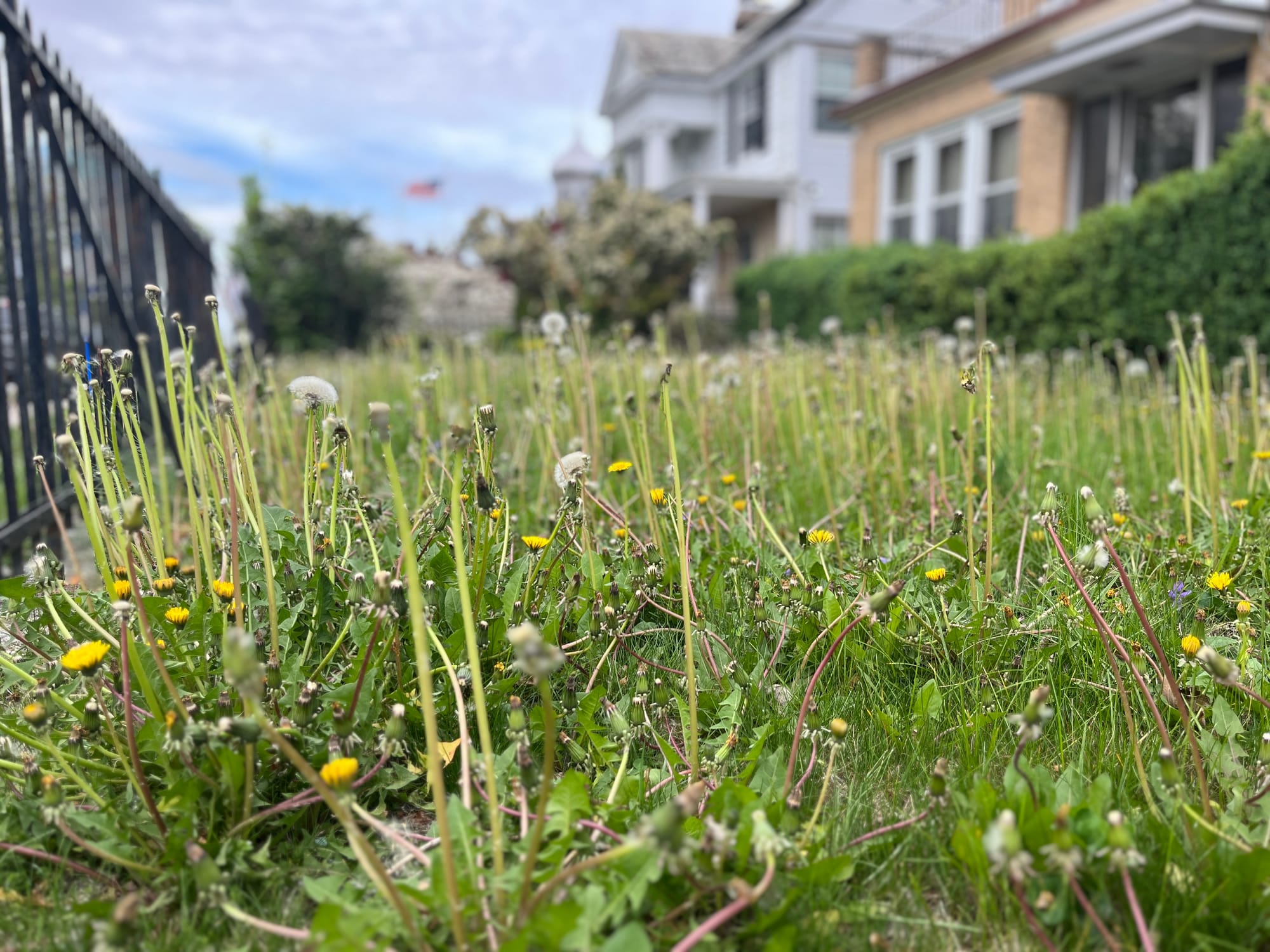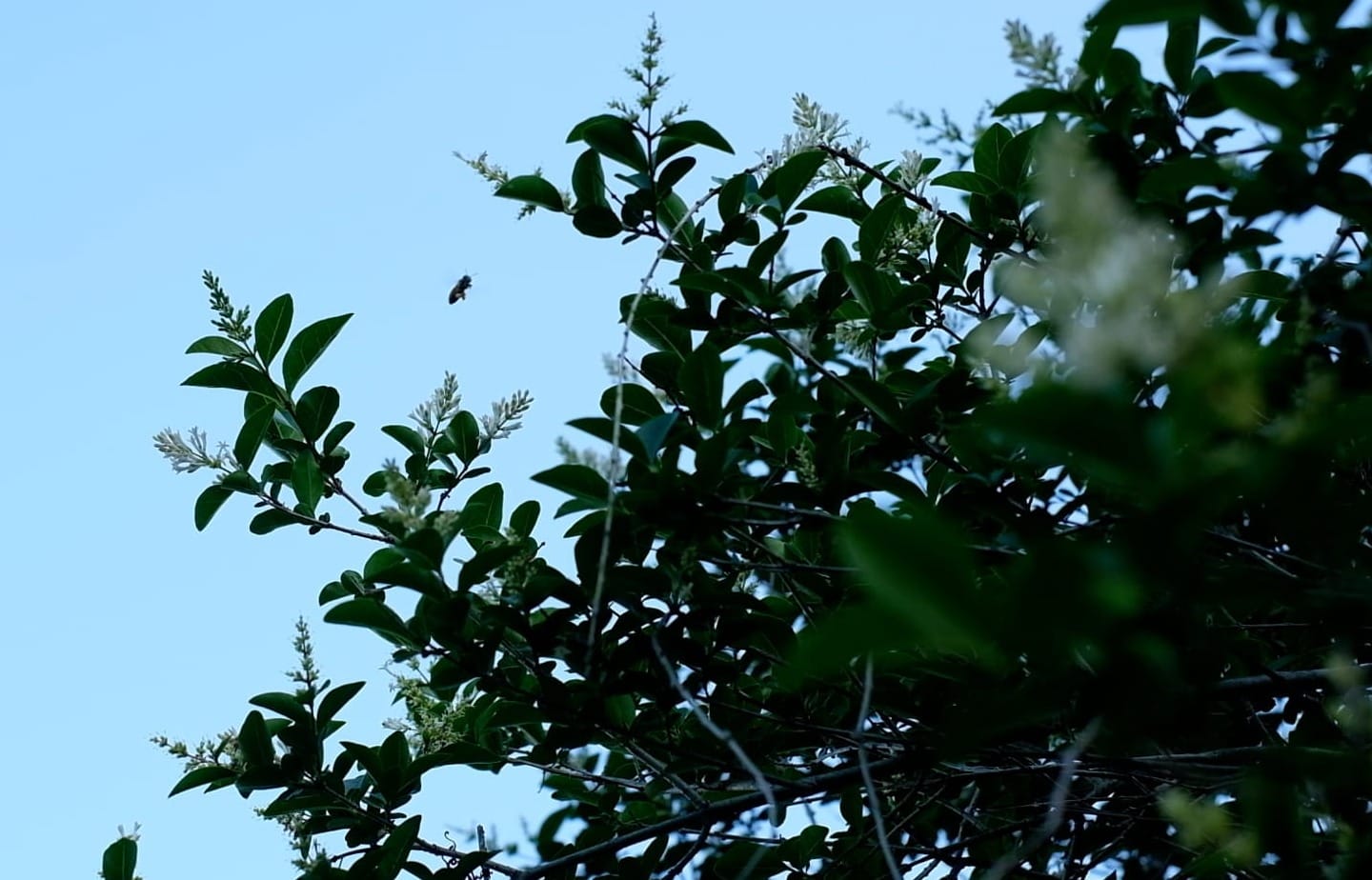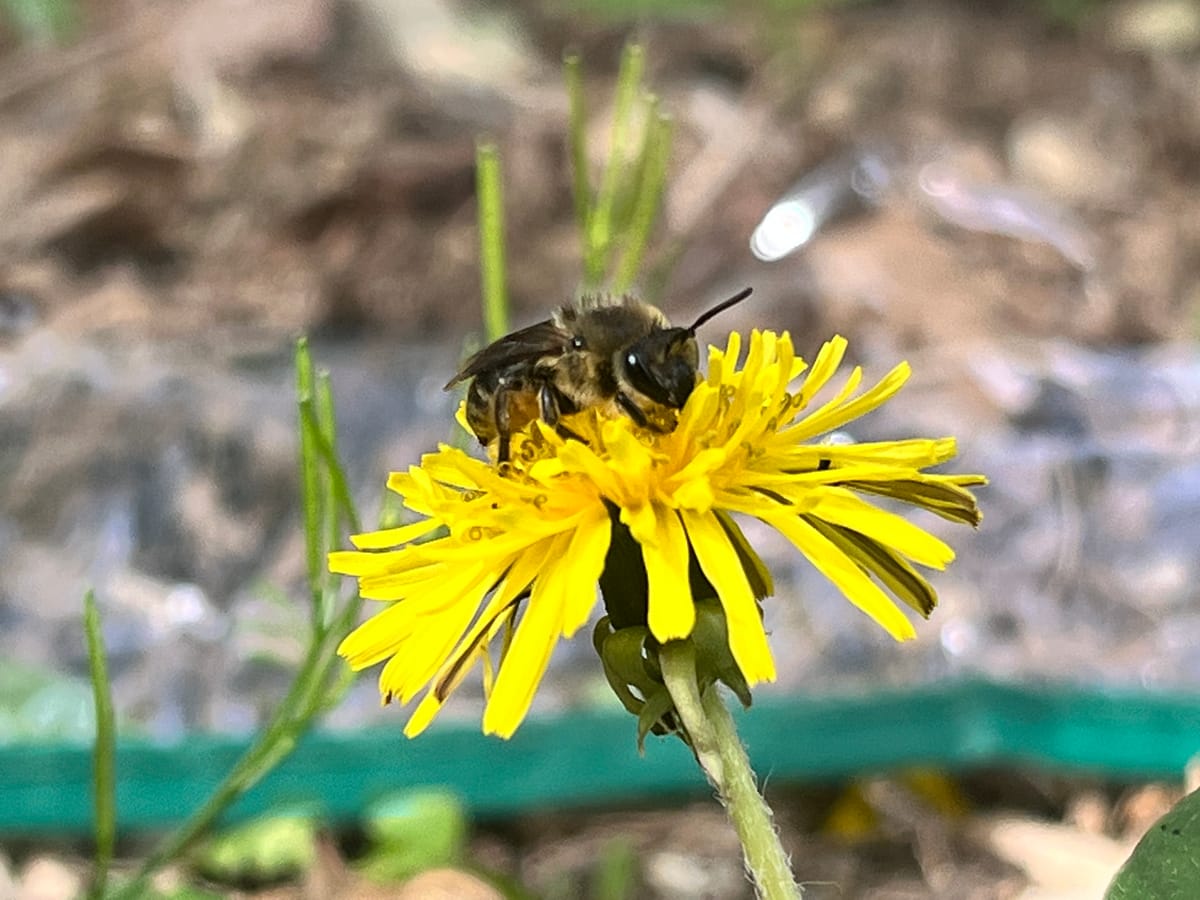The queen bee has a bad reputation for being bossy and needy, but just like us, all bees have needs.
A study published by The Royal Society found that bees are struggling despite our best individual beekeeping efforts. Native bees, along with other pollinators like nocturnal moths and hoverflies, need a habitat specific to the local environment to survive in urban areas.
Ecologists at the Research Centre for Ecological Change at the University of Helsenki surveyed the urban landscapes of three major UK cities, Sheffield, Leeds, and Leicester, and found that pollinator species richness declined by up to 43% in more urbanized areas. This lack of diversity raises concerns regarding natural and manmade habitats in relation to anthropogenic, or human-caused, factors. According to the study's findings “urbanization causes habitat loss, fragmentation, and disturbance and is a key driver of insect declines.” The solution is more complex than simply adding green space.
Circle of Life, Interrupted
Exotic plants that dot the landscape of the suburbs may be pleasing to the eye but are toxic to our insects. Manicured lawns are not much better. 40 million acres of land in America are covered by lawns that look lush but are actually food deserts from the perspective of insects. These are green spaces that provide no nutrition to pollinators.
Dr. Douglas Tallamy, an Entomology and Wildlife Ecology professor at the University of Delaware, says human-centered construction of space is taking a toll.
“We humans are taking it all, and everything else is suffering,” said Tallamy. Eventually, this shortfall makes its way back to us. Not only do our gardens leave insects effectively homeless, but they also jeopardize our food system.
All life is powered by energy transferred from the sun, which is captured through photosynthesis. This process enables plants to turn sunlight into simple sugars, which are consumed by insects. Those insects and plants are consumed by animals, starting the food cycle. As with any system, one bad link can offset the whole chain. A decline in pollinators would decrease the amount of flowering plants and slow down the entire life cycle. The Smithsonian Institute estimates that one in three bites of the food consumed by humans depends on the work of pollinators.
Fireflies are nocturnal creature that send out signals to find mates. Light pollution can disturb this process as well as delay the instinct to eat. Vegetation provided by abandoned lots such as this one near Getty Square serve as habitats that protects them from the day's sunlight. As the city continues to develop it's important to assess the natural environment beyond the aesthetic benefits to people and consider the biological services provided by pollinators. (Video by Melissa Bunni Elian/The Leveler News)
If the suburban environment is a desert to pollinators, then the urban landscape must seem like an ocean. Urban spaces contain large numbers of manmade structures and have little green space compared to suburban areas. The gardens and parks work as islands dispersed throughout cities, but congested streets and high volumes of buildings limit water flow, which hoverflies, for example, need to reproduce. Hoverfly larvae are dependent on stagnant water, which is rarely found in cities. Standing water is also discouraged to curb mosquito populations. Streetlights also pose a problem for nocturnal moths sensitive to the light pollution produced, directly affecting reproduction and their instinct to forage.
Beeing A Good Neighbor the Specialists
Insects can only digest the food source from plants with which they have co-evolved. Meaning our pollinators are unable to consume foreign plants. Professor Tallamy says monarch butterflies are an ideal example of this process.“
[The monarch butterfly] is a specialist on milkweed. That’s all it can eat,” said Tallamy.The monarch butterfly isn’t alone; 90% of insects that eat plants are host plant specialists. This specialization evolved over generations, adapting to native plants as the sole food source. Landscaping with foreign species damages biodiversity. Tallamy estimates that “80% of the plants in our landscapes are not native.”
In addition to biodiversity loss, the chemical we use on the plants that remain threatens pollinator populations.
Filippine Hoogland, manager at Healthy Yards, an organization of professional and master gardeners based in Bedford, says pesticides also threaten monarch butterflies. “Overall, if you look at the state of New York, Long Island and Westchester are the biggest users of pesticides... We are trying to educate landscapers and homeowners how to more sustainably maintain their yards,” said Hoogland.

Native keystone plants, life-supporting vegetation, are a positive and safe choice to introduce to your home. “Even if you have a lawn, just not cutting it short, letting flowers like clover and dandelions grow," says Angell Deer, founder of the New York Bee Sanctuary, a wildlife sanctuary for pollinators and honey bees."Planting native plants that support native bees is the best thing people can do,” said Deer. “There are 3,000 pollinators that depend on local plants to thrive.”Deer insists you don’t need a large garden to make a large impact. Buying native plants, even if you just have a balcony, can make a difference.
You can visit the Native Plant Finder from the National Wildlife Federation, NWF.org, to find the best plants for your county.
Systemic Problems Need Systemic Solutions
While planting native species and avoiding pesticides will help, the problem of pollinator decline can’t be solved without action by the government. Property under the jurisdiction of the government can be transformed to rehabilitate native habitats.
States like Virginia have implemented a Wildflower and Pollinator Habitat Program to support local pollinators. Through the program, a 12-acre retired truck stop was converted into fields of pollinator friendly plants and flowers to support local insects.
Blooming flowers can be seen all along I-95 in states like Virginia, North Carolina, and South Carolina. This is an example of simple green spaces that can be implemented in busy areas, if there is political will.
In Minnesota, a zoo is creating a pollinator habitat to bring awareness to the importance of these creatures. In Boston, under the leadership of Michelle Wu, the municipality added 30 pollinator havens to the top of bus stops and is a fun example of what leadership can do when it gets creative within the limits of its budgets and jurisdiction.
Overseas, the European Union shows what government policy can accomplish. In 2024, the EU introduced the "3-30-300" rule to combat a lack of greenspace. This scheme recommends there should be three trees visible from every home, 30% tree canopy cover in every neighborhood, and everyone should be 300 meters from a public green space. This initiative promotes urban nature and tree coverage that also manages heat exposure in warm climates.
Yonkers Goes Green
According to the Yonkers Climate Action Plan, the Office of Sustainability aims to have 5,000 trees planted by the year 2050. This action would reduce flooding risk and add tree coverage to cope with sun exposure. It does not, however, specify the species breakdown of the initiative. The Office of Sustainability received a $1,000,000 tree grant in 2024 to plant more trees in Yonkers over the next five years. Currently $82,000 worth of trees have already been planted in the fall for 2024. These trees were focused predominantly in Southwest Yonkers.

“We are trying to make this a plan that works for everyone, regardless of where you fit,” said William Serratore, Director of The Office of Sustainability.With consistent efforts to introduce more trees across the city, Yonkers has been recognized by the Arbor Day Foundation as a tree city since 1987. According to Serratore, an off-the-grid park will be introduced in Yonkers to be enjoyed by the community, but also in efforts to fight the heat island effect, which is a global issue affecting urban areas. 12 monarch butterfly gardens have also been introduced to the City of Yonkers; feedback has been great, Serratore says.
The Yonkers Office of Sustainability has been working for years to introduce environmental changes to the city. In 2014, Yonkers was the first city in New York to change all street lights to LED lightbulbs. “The driving force is to have a program that fits in with what’s happening in the world,” said Serratore.
At the state level, New York has implemented programs like the Pollinator Protection Plan aimed at supporting pollinators to avoid agricultural devastation. The program claims "pollinators provide approximately $389 million worth of pollination services to New York and add $29 billion in value to crop production nationally each year," citing the US Department of Agriculture.
Initiatives globally, nationally and locally continue to support biodiversity within our communities. These actions are important steps to give our pollinators what they need to survive. The question is if these efforts are enough for the specific needs of a bug’s life and ultimately the life cycle humans and other creatures depend on.

